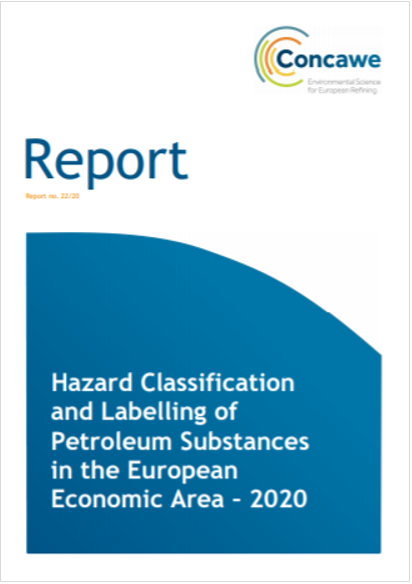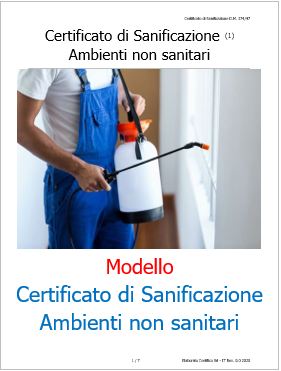Hazard Classification and Labelling of Petroleum Substances in the EC Area

Hazard Classification and Labelling of Petroleum Substances in the European Economic Area
This report contains an assessment of the hazardous properties of petroleum substances against the criteria of the CLP Regulation (EC 1272/2008) up to and including the 13th ATP (EU, 2018b) and Corrigendum to Annex VI (EU, 2013c).
This report has been developed as industry guidance for the classification, labelling and packaging of petroleum substances under CLP, which introduces the GHS into the European legislative framework.
This report outlines the objectives and principles of CLP and the classification and labelling requirements that it introduces; its entry and phased implementation into EU legislation; specific issues that apply to petroleum substances; and Concawe recommendations for classification, labelling, and packaging of petroleum substances.
The classification recommendations have been updated from the previous Concawe guidance to reflect new information, changes in classification criteria and to accommodate REACH categories of petroleum substances.
These recommendations apply to petroleum substances produced in the refinery but do not apply to formulated petroleum products placed on the market which are considered mixtures. Substances of similar chemical composition and/or similar hazard profiles can be collected together in categories. With the exception of a few petroleum gases, petroleum coke and sulphur, most petroleum industry substances are Substances of Unknown or Variable composition, Complex reaction products or Biological materials (UVCB).
A category approach allows data on individual category members to be applied to other members of the category for which complete data may not be available or are impractical to obtain. It is important to note that for each category, the most severe hazard classification and labelling recommendation is presented as the default recommendation in the body of the report.
However, based on the application of regulatory or oil industry notes, concentration limits and physical-chemical properties (e.g., flashpoint, viscosity), several classification and labelling permutations may be possible within a category. In those cases where EU harmonised classifications for certain endpoints exist, the EU harmonised classifications are supplemented with self-classifications for all other endpoints (see section 4.4) as required by the CLP regulation.
...
add more in attachment
Concawe 2020
Collegati
Allegati
|
Descrizione |
Lingua |
Dimensioni |
Downloads |
 |
|
IT |
2915 kB |
704 |


































